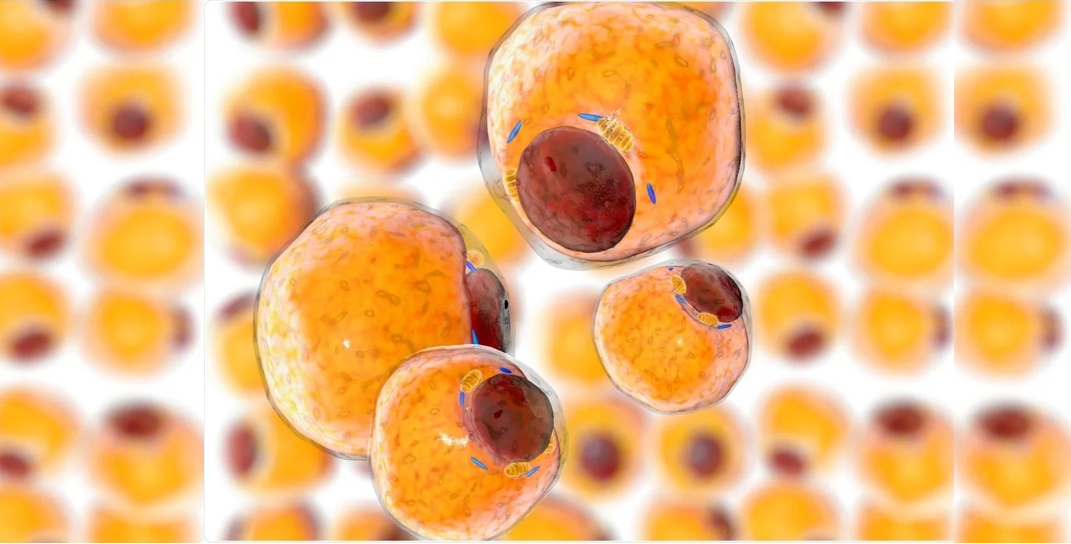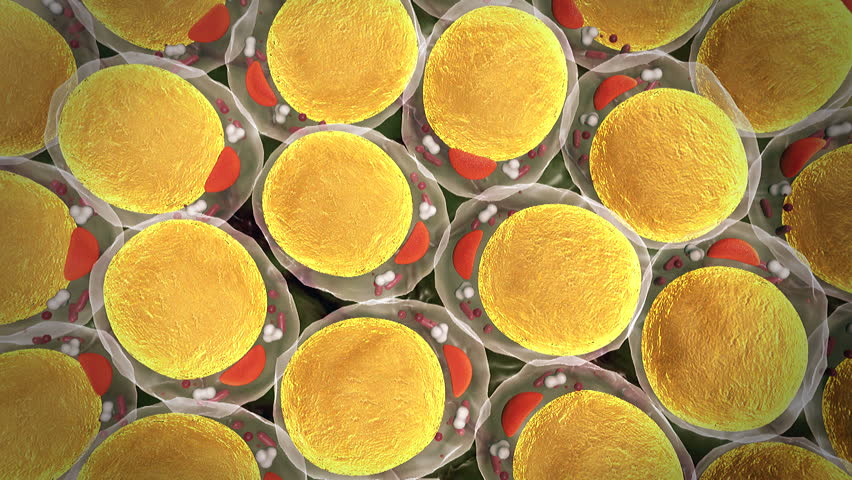Adipose tissue is abundant in the human body, and a large number of adipose derived stem cells (ADSCs) obtained through liposuction have the potential for self-renewal, proliferation, and multi-directional differentiation. They can differentiate into adipocytes, chondrocytes, muscle cells, osteoblasts, nerve cells, glial cells, and pancreatic islet cells, and can secrete various pro angiogenic and anti apoptotic factors to resist inflammation, oxidation, and damage caused by oxygen free radicals. They are expected to become a source of stem cells for repairing damaged tissues and organs.

1. The difference between adipose derived stem cells and mesenchymal stem cells (MSCs)
Research has found that there is no significant difference in multipotent differentiation potential and surface labeling between ADSCs and MSCs. The surface labeling of ADSCs is very similar to that of MSCs, such as CD29, CD44, CD105, CD166, and CD49e; CD31, CD34, CD45, HLA DR, CD133, c-Kit, Lin, CD11b are all negative; The difference is that ADSCs express CD49d and not CD106; MSCs, on the other hand, are the opposite.
2. Cytokines secreted by adipose derived stem cells
ADSCs can secrete a certain amount of cytokines, and cytokines with high expression levels include hepatocyte growth factor (HGF), vascular endothelial growth factor (VEGF), placental growth factor (PGF), and transforming growth factor-p (TGF - (3)); Cytokines with moderate expression levels include fibroblast growth factor-2 (FGF-2) and angiopoietin-1 (Ang-l); Cytokines with lower expression levels include angiopoietin-2 (Ang-2); Beneficial for establishing a better microenvironment for damage repair.
3. The clinical application of adipose derived stem cells (ADSCs)
The clinical application value of stem cells mainly lies in their tissue repair and reconstruction. ADSCs can differentiate into various cell lines, including bone cells derived from the mesoderm, adipocytes, chondrocytes, smooth muscle cells, vascular endothelial cells, nerve cells, and pancreatic islet cells. The main clinical application strategy now is targeted induction of genetically modified organisms, followed by in vitro expansion of stem cells and transplantation into the human body.

Main features
Characteristics of adipose derived stem cells: 1. Autologous stem cells are easily bound to their own cells; 2. Helps promote the proliferation of reticular fibroblasts; 3. It can induce tissue growth and the migration of autologous stem cells as required.
Research has found that ADSCs cells can stably proliferate in vitro with low decay rates. They also have the advantages of easy sampling, obtaining a large number of stem cells with a small amount of tissue, suitable for large-scale cultivation, and minimal damage to the body. Moreover, they have a wide range of sources and large reserves in vivo, making them suitable for autologous transplantation and gradually becoming one of the new research hotspots in recent years.
Traditional fat transplantation methods are difficult to achieve satisfactory therapeutic effects due to defects such as immune rejection and inflammatory reactions. According to statistics, after autologous adipose tissue transplantation to the defect site, 40% to 60% of it is usually absorbed. Constructing engineered adipose tissue with complete biological structure and function through stem cells within the patient's own adipose tissue will undoubtedly be the best solution to this problem. How to achieve differentiation from stem cells to adipocytes is an unavoidable issue in constructing engineered adipose tissue. As early as 2001, Zuk et al. discovered that adipose derived stem cells have the potential for multi-directional differentiation into fat, cartilage, bone, and muscle. The traditional method of inducing adipogenic differentiation is mostly the mixed inducer method. The disadvantage of adipogenic inducers is that they are toxic and pose a significant threat to human health.
In addition to inducing differentiation in vitro through inducers, co culturing mature somatic cells with stem cells can also qualitatively induce differentiation of stem cells. In 2000, Maurin et al. used indirect co culture to study the effect of adipocytes on the expansion and activity of osteoblasts, and demonstrated that mature adipocytes have an inhibitory effect on the expansion of human osteoblasts; But it has no significant effect on the expansion and activity of osteoblasts. In 2003, Shigehisa et al. used three-dimensional collagen gel to co culture adipocytes and endothelial cells to study the interaction between them, and concluded that endothelial cells participate in the process of adipose tissue formation and expansion. In 2007, Wang et al. proved through experiments that mouse derived adipose stem cells can differentiate into OECs like cells in the process of co culture with OECs (olfactory ensheathing cells) in a collagen gel three-dimensional system.
In summary, inducing directed differentiation of stem cells in vitro through co culture has become a research hotspot. Therefore, this study attempted to use trans well indirect co culture method to co culture human liposuction derived stem cells with adipocytes, and compared the traditional adipogenic induction method to investigate the effect of stem cell adipogenic differentiation under co culture conditions.
